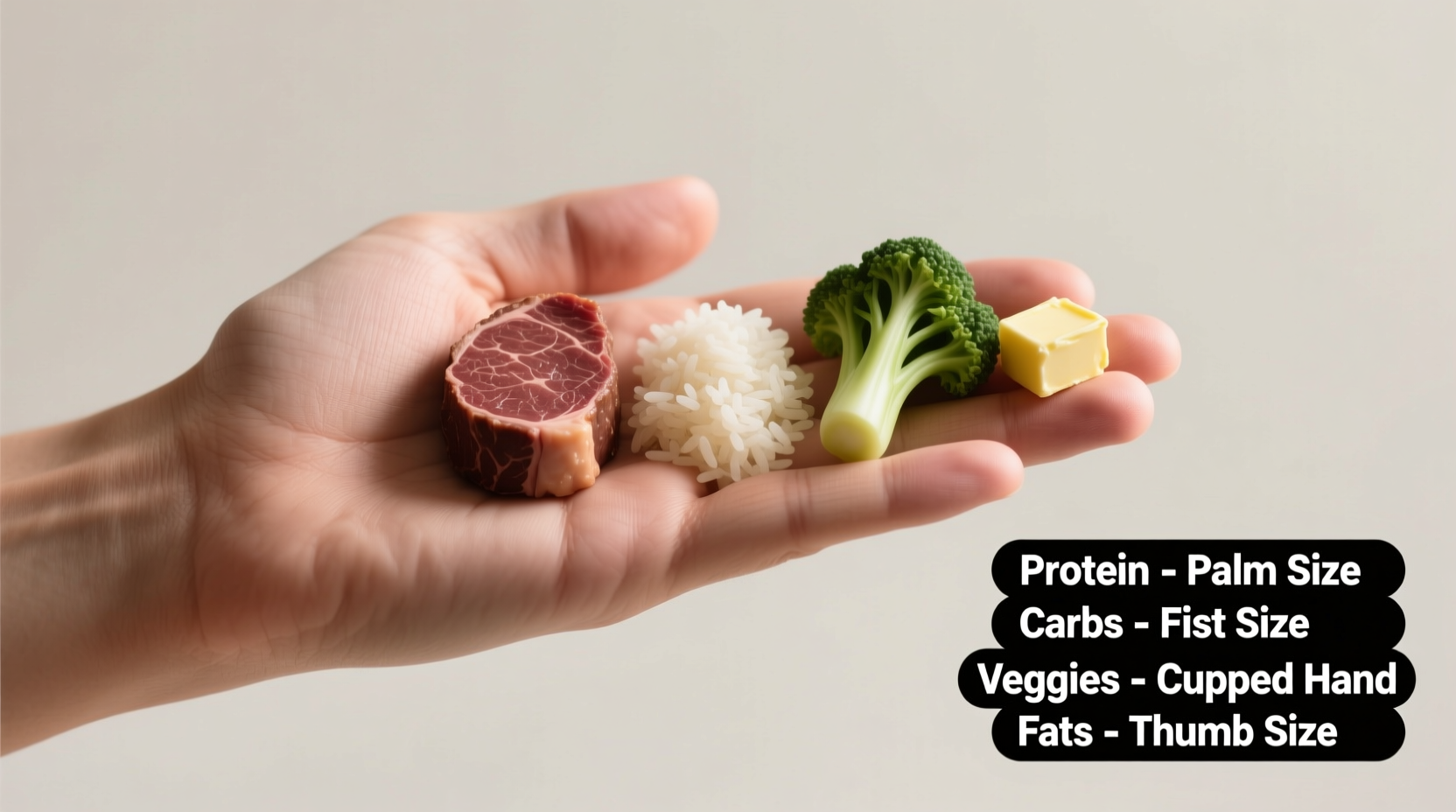Understanding Your Body's Natural Limits
Many people wonder how much food they should realistically consume in a single sitting. While your stomach can physically expand to hold up to 4 liters when necessary, consistently eating beyond comfortable capacity leads to digestive issues and weight gain. The National Institute of Diabetes and Digestive and Kidney Diseases explains that your stomach naturally signals fullness through stretch receptors that communicate with your brain.

Science-Backed Portion Recommendations
Registered dietitians use evidence-based approaches to determine appropriate meal sizes. The American Dietetic Association emphasizes that portion control isn't just about quantity—it's about balanced nutrition composition. Your ideal meal should follow this visual framework:
| Food Group | Recommended Portion Size | Visual Reference |
|---|---|---|
| Protein | 3-4 oz (85-115g) | Palm of your hand |
| Vegetables | 2-3 cups (160-240g) | Two fists |
| Whole Grains | ½-1 cup (90-180g) | Closed fist |
| Fruit | 1 medium piece or ½ cup | Tennis ball |
| Healthy Fats | 1-2 tbsp (14-28g) | Thumb tip |
Personal Factors That Affect Your Ideal Meal Size
Your perfect portion size depends on several individual factors:
- Metabolic rate: Those with faster metabolisms may require slightly larger portions
- Activity level: Active individuals need more fuel—up to 25% larger portions
- Age: Metabolism slows with age, requiring portion adjustments
- Health conditions: Diabetes, thyroid issues, and digestive disorders affect ideal intake
According to research published in the American Journal of Clinical Nutrition, the average adult requires approximately 20-25 calories per pound of body weight daily, distributed across meals based on individual energy patterns.
Practical Portion Control Techniques
Implementing these evidence-based strategies helps maintain appropriate meal sizes without constant measuring:
- Use smaller plates: Research from Cornell University's Food and Brand Lab shows that switching from 12-inch to 10-inch plates reduces portion sizes by 22% without feeling deprived
- Follow the plate method: Fill half your plate with non-starchy vegetables before adding other components
- Practice mindful eating: Chew thoroughly and pause between bites to recognize fullness signals
- Pre-portion snacks: Divide large packages into single-serving containers immediately after purchasing
Avoiding Common Portion Pitfalls
Many people unintentionally overeat due to environmental cues rather than hunger. The Centers for Disease Control reports that restaurant portions have increased 2-5 times larger than standard servings since the 1970s, distorting our perception of normal portions.
Be aware of these common portion traps:
- "Supersized" options that encourage overconsumption
- Family-style serving that makes second helpings too easy
- Snacking directly from large packages
- Eating while distracted (TV, work, driving)
When to Consult a Nutrition Professional
While general guidelines work for most people, certain situations warrant personalized advice:
- Consistent digestive discomfort after meals
- Unexplained weight changes despite portion control
- Managing chronic conditions like diabetes or heart disease
- Special dietary needs (athletes, pregnancy, post-surgery)
Certified nutritionists can provide tailored recommendations based on your specific health metrics, lifestyle, and goals—something generic online advice cannot match.











 浙公网安备
33010002000092号
浙公网安备
33010002000092号 浙B2-20120091-4
浙B2-20120091-4